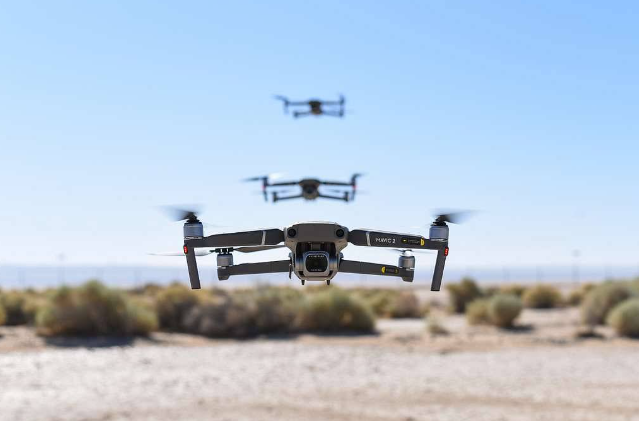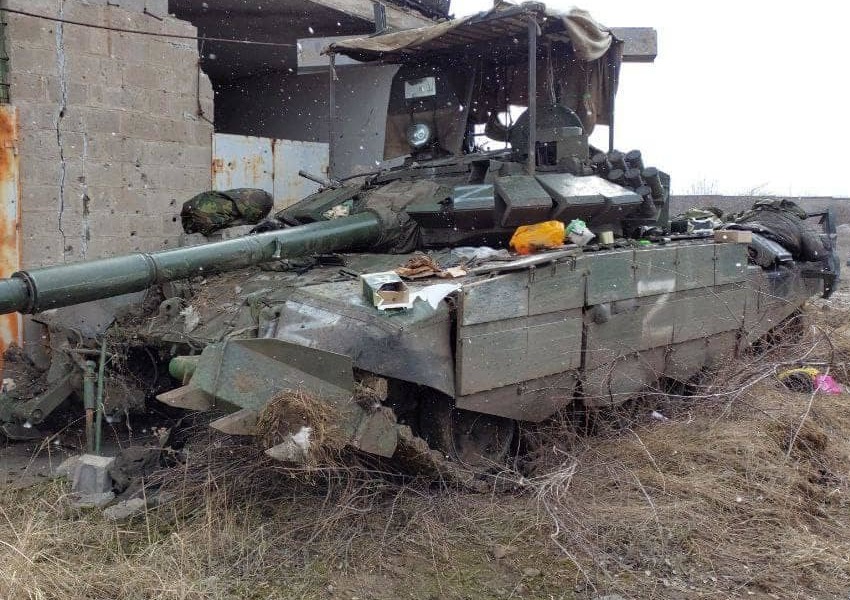
How does a war giant lose more guns in one month than during any previous period in a three-year war? March 2025 brought that question into stark focus, as Russia’s battlefield losses hit record heights. For analysts and defense observers, the magnitude of these losses is more than a figure it’s a glimpse at changing tactics, developing technology, and the persistent centrality of artillery in contemporary warfare.

The conflict in Ukraine has traditionally been characterized by the “King of Battle,” with guns and howitzers playing a major role in both sides shaping the front line. But recent reports from Ukraine’s General Staff, supported independently through open-source intelligence agencies, present a multifaceted picture losses that are mind-boggling by any standard, yet hard to quantify with any level of accuracy. Behind the figures are deeper narratives about drone warfare, industrial capability, doctrinal transformation, and the weaknesses of even the most hardened military practices.
This listicle distills seven of the most compelling reasons behind Russia’s record artillery losses, integrating frontline facts, expert insights, and the wider technology and strategic trends remaking the battlefield.

1. Record-Breaking Attrition in March 2025
Russia lost 30 artillery systems on March 31 alone, according to Ukraine’s General Staff, which raised the monthly tally to 1,578 destroyed systems. This was the largest monthly number since the beginning of the full-scale invasion in February 2022. In total, Ukraine states that Russia has lost 25,537 artillery systems during the war.
Independent commentators warn that these numbers come from an aggressive side and could be exaggerated. Even so-called conservative tallies indicate harsh attrition, however. Dutch open-source organization Oryx, which only records losses with photograph or video proof, has confirmed 904 self-propelled artillery pieces, 460 towed pieces, 131 support vehicles, and 497 multiple rocket launchers 1,861 losses in total. Oryx explains that its method of reporting necessarily understates true destruction, as it is hard to prove systems well behind enemy lines.

2. Strikes against Ammunition and Fuel Facilities
The increased capability of Ukraine in long-range drone warfare has escalated pressure against Russia’s artillery forces. In the early April 2025 period, Ukrainian UAVs hit the Sverdlov ammunition factory in Nizhny Novgorod, which produces aviation and artillery ammunition. They also hit a Crimean oil terminal and an ammunition storage facility of Russia’s 18th Combined Arms Army.
Russian authorities confirmed an overnight drone attack in 14 regions, claiming to have destroyed 251 drones. But previous attacks on refineries have already created fuel shortages, making logistics for artillery units relying on continuous supply lines a problem. As President Volodymyr Zelenskyy said in a defense industry forum, “Already at the front, more than 40% of the weapons used are weapons produced in Ukraine or with Ukraine,” highlighting Kyiv’s ability to maintain such operations.

3. Changing Firepower Parities
Russia’s artillery fire density superiority over Ukraine stood at 8:1 by summer 2024. Ukrainian successes in the targeting of ammunition stocks pushed that ratio down to 2:1 by early 2025, based on estimates by military analysts. This decimation has prompted Moscow to improvise converting tanks into makeshift self-propelled guns, using kamikaze drones for counter-battery fire, and even mounting naval rocket launchers on tank chassis.
They are the result of both ingenuity and desperation. In spite of establishing new artillery forces since 2022, Russia’s active stock of self-propelled guns declined from 1,900 to 1,500 by early 2024, as production was not able to keep up with losses. Plans to import as many as 240 long-range M-1989 Koksan SPGs from North Korea emphasize increasing dependence on foreign suppliers.

4. Ukraine’s Digitised, Agile Artillery Doctrine
Breaking away from Soviet and NATO doctrine, Ukraine has designed a doctrine focused on swiftness, mobility, and cyberspace integration. Mechanisms such as the Kropyva fire control network connect reconnaissance drones with artillery units directly, reducing the sensor-to-strike time below three minutes.
This flexibility makes Ukrainian batteries more difficult to hit and maximizes the impact of precision. Western-delivered self-propelled howitzers, supplemented with locally manufactured Bohdana SPGs now being made in numbers many multiples higher than 2024 is placing the capital with a technological advantage. Denmark’s funding of 18 Bohdanas in 2024, delivered within two months, showed how industrial cooperation can quickly enhance frontline strength.

5. Susceptibility to Counter-Battery and EW
Artillery systems are still top priority targets for attack drones and counter-battery radars. Russian electronic warfare has demonstrated the ability to impair GPS-guided rounds such as the M982 Excalibur, at times bringing their kill rate down to 10%. This compelled Ukraine to make modifications, incorporating EW protection into emerging systems like the RCH 155 remote-controlled SPG.
The cat-and-mouse game measure, countermeasure, counter-countermeasure is a hallmark of artillery warfare today. In a U.S. Army briefing, LTC Mike Milner wrote that precision systems could provide decisive effects, but only if safeguarded against electronic disruption.

6. Counting Losses: A Methodological Challenge
Artillery losses are more difficult to confirm than tanks or armored vehicle losses, considering they are situated a long distance behind front lines. Oryx’s visual evidence-dependency guarantees accuracy but excludes most destroyed systems. Ukrainian counts, though more inclusive, are unverifiable by third-party means.
This disconnect reflects the fog of war in quantitative terms. It also impinges on strategic perception exaggerated counts can stimulate morale and signal victory, whereas conservative estimates might shortchange battle realities. For planners, knowing the actual magnitude of attrition is essential to projecting operational endurance.

7. The Enduring Centrality of Artillery
In spite of technological progress in drones, cyber weapons, and precision-guided missiles, traditional artillery remains the predominant force on the Russo-Ukrainian battlefield. Each side shoots thousands of rounds every day Russia some 10,000, Ukraine around 2,000 accounting for most frontline casualties.
As Newsweek’s Ellie Cook put it, “Access to a large amount of artillery systems, and the ammunition to make them shoot, has been a central concern for both Moscow and Kyiv over more than three years of all-out war.” Even as technology reconfigures tactics, the strategic culture that refers to artillery as the “God of War” holds strong.

Russia’s historical artillery losses in March 2025 are the result of intersecting pressures unrelenting Ukrainian attacks on logistics centres, decreasing firepower margins, adaptive doctrines, and the built-in susceptibility of fixed systems in a digitized battlespace. Despite all the advances in unmanned systems and precision missiles, the course of the war remains dependent on the capacity to deploy, defend, and support artillery. In that regard, the record attrition is not only a benchmark it’s an indicator of how the battle for the “King of Battle” is being waged and, maybe, how it will be won.


